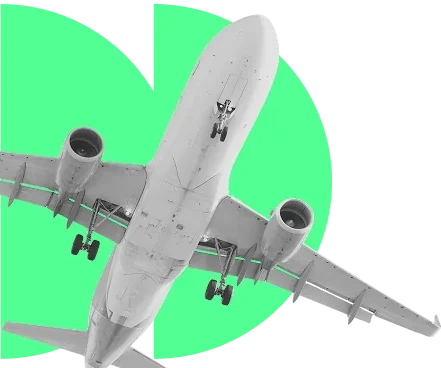Challenge
A major MRO needed to cut aircraft check turnaround time (TAT), free capacity for revenue work, and reduce daily firefighting across Base Maintenance, Line Maintenance, and component shops.
What We Did
We designed end-to-end value streams for aircraft checks and support functions: defined product families, set Guaranteed Turnaround Times (GTTs) for support shops, and created visual, takt-based execution with normal and abnormal flows, and standard responses. We also stood up a formal feedback cycle so each disruption corrected the next check by design.
Implementation Highlights
- Pre-flight & Launch: “I-minus” clean-start readiness for materials, tooling, equipment, and information; integration events locked by sequence.
- Execute: Pitch boards by area/day/shift; rolling 3-day windows for material, tooling, people, and equipment; support shops triggered by visual signals and GTTs.
- Flow-disruption system: Standard work and RCA loop with visible forms/boards; weekly Pareto and containment plans.
Results
- 30% reduction in TAT for Flagship Longhaul C-Checks (pilot line) through preloaded materials, mobile crib kitting, point-of-use tooling, and standard/abnormal workflows.
- A-Check reliability gains: For Flagship Longhaul A-Checks, target TAT reduction of 25% moved to sustain with an 87% on-time “hit rate” over the prior four months (overall 59% of checks on target since VSM).
- Capacity & productivity uplifts in shops: Safety Equipment and Brakes/Wheel shops planned capacity increases and quantified productivity gains to support aircraft flow.
Why It Worked
We built a single operating system for MRO that made status obvious, sequencing unambiguous, and support shops accountable to GTTs, so technicians could keep value-add work flowing while the system self-corrected disruptions at the source.

